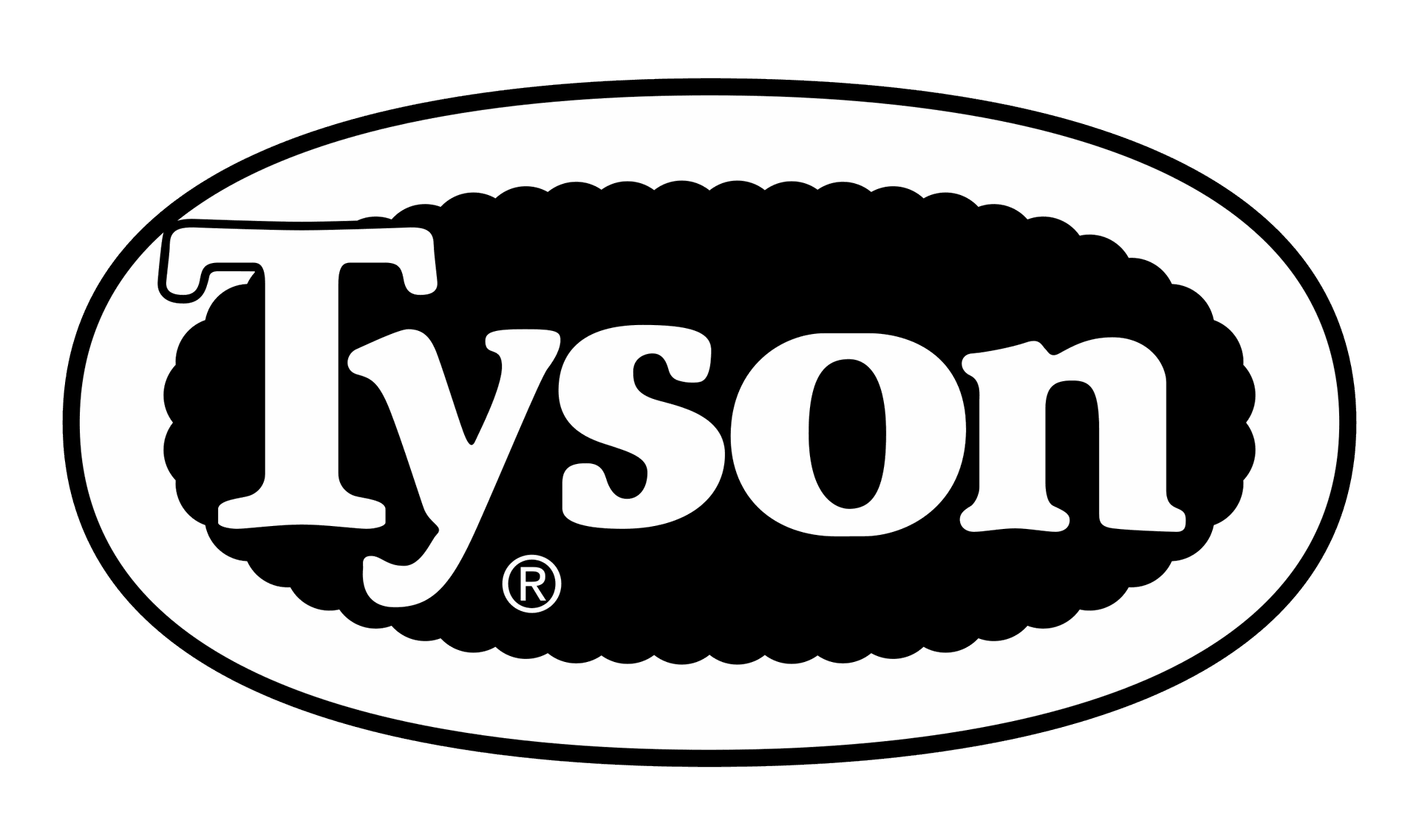Discover Why Global Leaders Choose ChemDAQ
Browse the Industries We Serve

Healthcare
Hospitals rely on H₂O₂, PAA and EtO to sterilize medical instruments needed in patient care. This essential task requires workers to employ high concentrations in Sterile Processing Departments, placing them at risk of exposure.

Food & Beverage Packaging
H₂O₂ and PAA are used in high concentrations and in large quantities through aseptic packaging operations to ensure the safe production and extended shelf life of common food and beverage products.

Protein Processing
PAA is used in poultry and meat processing. PAA is distributed to various areas of the processing plant to kill harmful bacteria on meat and surfaces to meet USDA food safety guidelines.

Medical Device Manufacturing
More than 50% of all medical devices used in the U.S. are sterilized with EtO. While an effective sterilizing agent, EtO is known to produce harmful gas vapors and off-gas from sterilized units, putting workers at risk of exposure.

Supply Chain Logistics
Medical devices that are sterilized with EtO and then shipped to their final destination may continue to off-gas for days. During transport, EtO accumulates in trucks and continues to off-gas once held in storage facilities, accumulating emissions that can often exceed OSHA's permissible exposure limit.
Monitoring Pays Huge Dividends
Chemical vapor monitoring is a smart business investment to protect your greatest asset-your employees-and ensure business operations remain up-and-running.
3:1 Return on Investment
for every dollar spent on monitoring*
Reduced Employee Turnover
and higher team morale
Ensure Compliance
with health and safety standards
Lead Your Industry
in workforce health and safety best practices
*Liberty Mutual, 2014
Let Us Help Keep Workers Safe
Chemical vapor monitoring is an easy and effective way to offer protection to employees. Connect with a product expert to discuss your options today.
Leading ChemDAQ Customers
We're proud to serve more than 600 global leaders.







